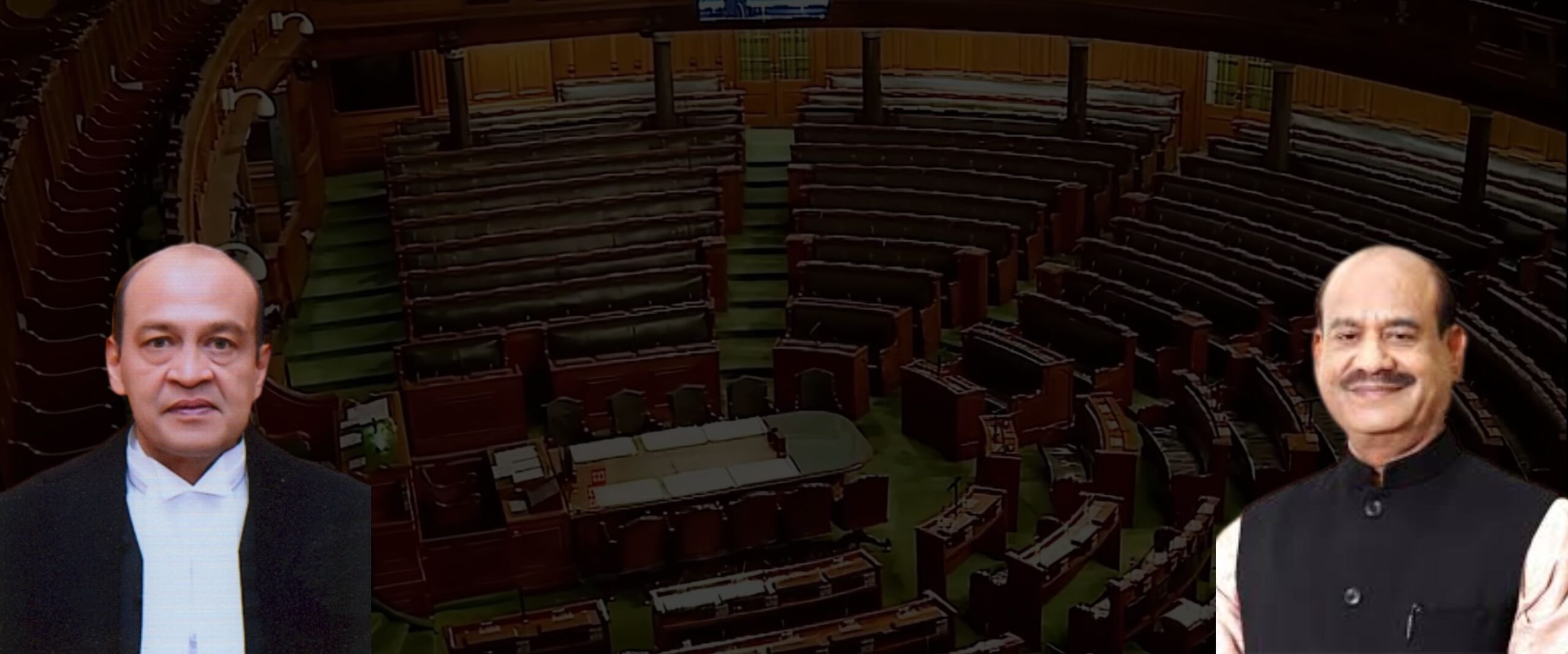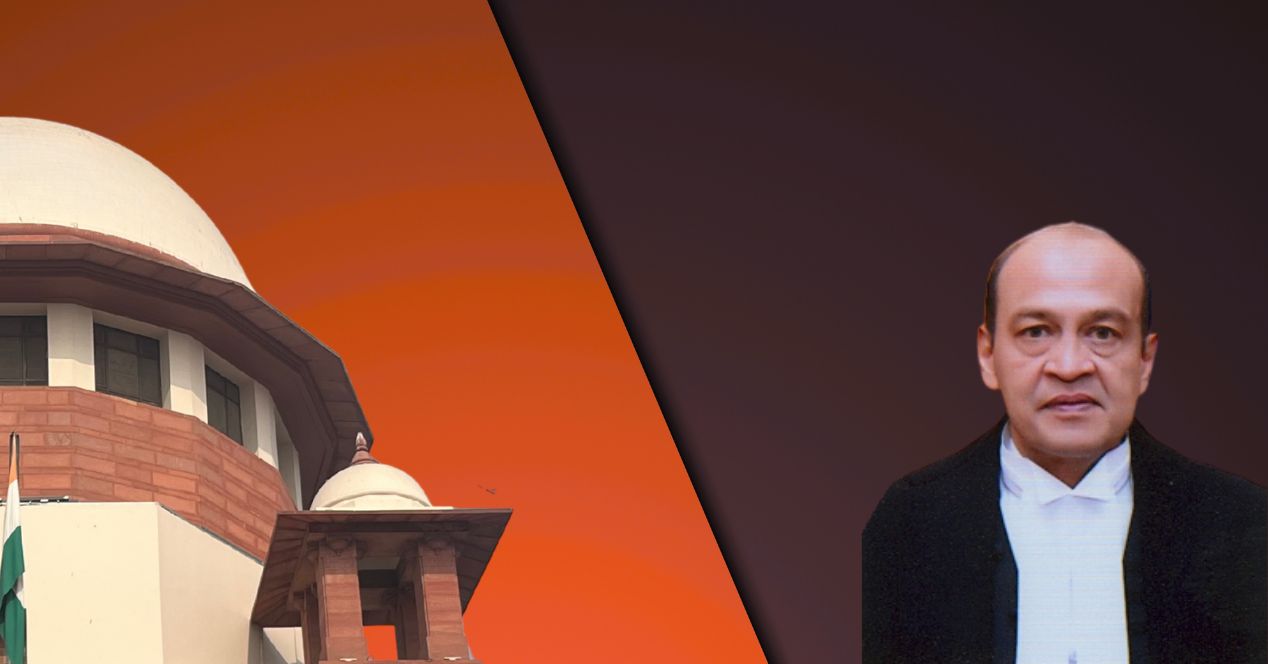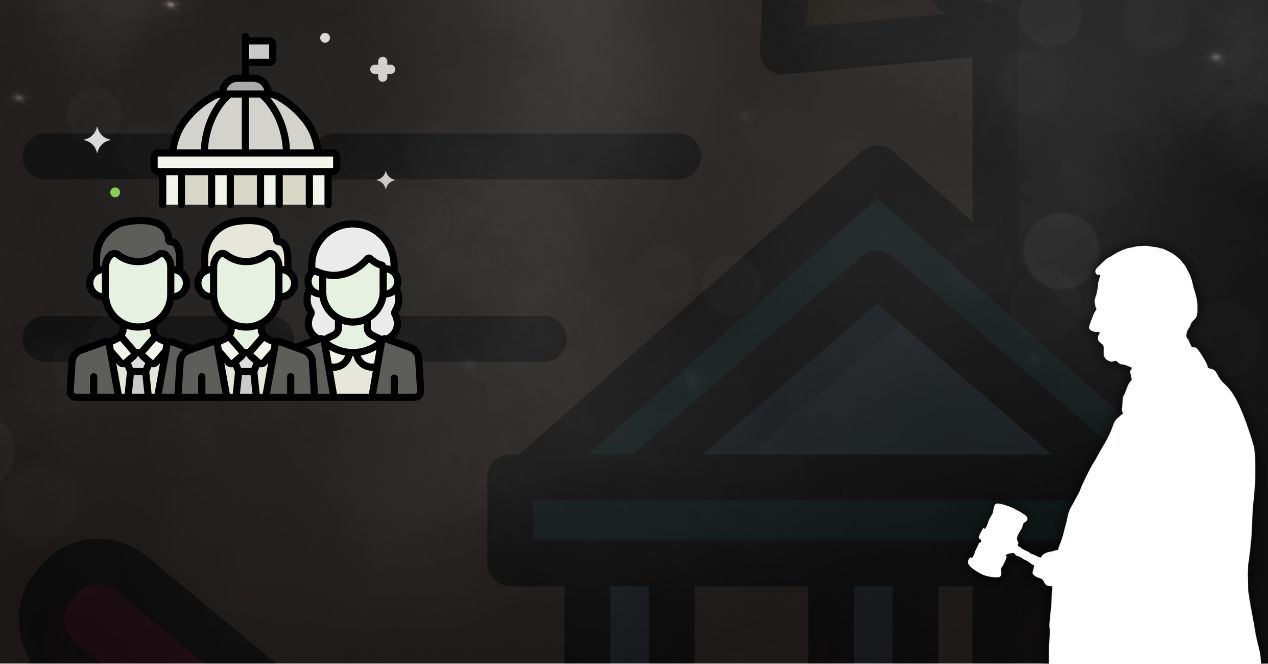Analysis
Speaker admits motion for Justice Varma’s removal: What lies ahead?
The Speaker constituted a three-member committee under the Judges Inquiry Act. We explain the steps involved in the parliamentary process

On 12 August 2025, the Speaker of the Lok Sabha, Om Birla, announced that he had received a notice of the motion seeking Justice Yashwant Varma’s removal, signed by 146 Members of Parliament (MPs). These MPs belong to both the Treasury Bench and the Opposition in the House and it included a signature by the Leader of the Opposition, Rahul Gandhi.
What happens now?
After wads of cash were discovered at Justice Varma’s official residence in New Delhi in March this year, then Chief Justice Sanjiv Khanna formed an in-house committee, which submitted its report on 4 May. The report found that Justice Varma had “tacit” control over the storeroom in which the cash was found.
This then made way for removal proceedings to be initiated under the Judges Inquiry Act, 1968. Section 3 of the Act empowers the Speaker to admit or reject a motion for the removal of a judge. If admitted, the Speaker must set up a three-member Inquiry Committee to investigate the matter.
Of the three members, one must be chosen from among the Chief Justice and other Judges of the Supreme Court, one must be from among the Chief Justices of High Courts and one shall be a person who is, in the opinion of the Speaker or the Chairman, a distinguished jurist. The Speaker’s discretion comes only after a minimum of 100 MPs have signed the motion for removal.
The three-member Committee
The Speaker announced that he has constituted a committee of three members according to Section 3(2) of the Judges Inquiry Act to inquire into the grounds for the removal of Justice Varma from his Office. The three members are Justice Aravind Kumar (Judge, Supreme Court), Justice Manindra Mohan Shrivastava (Chief Justice of Madras High Court), and B.V. Acharya (Senior Advocate, Karnataka High Court). However, there is no information on how these members were chosen or whether the Chief Justice of India, B.R.Gavai, was consulted for the purpose.
The Speaker also stated that the committee must submit its report at the earliest possible time and the motion will remain pending till the receipt of its report.
Reliance on the in-house committee report
On 7 August, the top court dismissed Justice Varma’s petition questioning the in-house committee report. In his petition, he had apprehended that uploading the initial report of the Delhi High Court Chief Justice and the visuals of the incident on the Supreme Court’s website would influence MPs decision to give the notice for the motion.
The parliamentary resolution refers to the “clear” finding of the Chief Justice of the Delhi High Court that the complaint against Justice Varma is “serious”. It relies on the report of the three-member in-house committee set up by former CJI, Sanjiv Khanna.“The allegations contained in the report of the committee are of such a nature that warrant initiation of proceedings for the removal of the said Judge,” the resolution says.
In Paragraph 68 of the judgement, the Supreme Court answered Justice Varma’s apprehension thus: “The report of the Committee being preliminary in nature, ad hoc and not final, as held in Indira Jaising v Supreme Court of India, cannot affect the Petitioner in future proceedings unless such report is relied upon at a future stage of the proceedings/at the inquiry; if relied upon, the Petitioner would be free to exercise his rights as are available in law”.
Further, in Paragraph 93, the Court made it clear that no action for removal can be taken merely based on the in-house committee’s report since the Inquiry Act contemplates a full-fledged inquiry against the concerned Judge.
More to the point, it noted that the Inquiry Act does not debar the Judge charged with misbehaviour from raising an effective defence by presenting evidence that is admissible and relevant once the evidence of the witnesses supporting the charge is recorded.
The Court was very specific: “Needless to say, if any reliance is placed by the Committee under the Inquiry Act upon the report of the Committee prepared under the (in-house) Procedure, the Judge charged has a right to be informed whereupon it shall be open to him to raise such points as to non-reliability/non-acceptability thereof as are available in law. All rights of a Judge charged with misbehaviour have, necessarily, to be traced to the Inquiry Act as well as rules of fair play to facilitate a fair, reasonable and adequate opportunity of hearing.
Parliament’s prima facie view
On 12 August, while making the announcement, the Speaker added that “the facts of the present case point to corruption. Parliament must speak in one voice on this issue and send a clear message to every citizen of the country about its resolve to have ‘zero tolerance’ on corruption in public life”.
The Speaker appears to have made it a point to mention in his announcement that the motion has been signed by the Leader of the Opposition, Rahul Gandhi, to underline the bipartisan support for the move.
Rajya Sabha motion
Section 3 of the Judges Inquiry Act also states that where notices of a motion are given in the Houses of Parliament on different dates, the notice which is given later shall stand rejected.
Although both the Lok Sabha and Rajya Sabha motions were received by the respective Presiding officers on 21 July, the then Rajya Sabha Chairman and Vice-President, Jagdeep Dhankhar, resigned before formally admitting it. Therefore, the motion received by him stands rejected. Had Dhankar not resigned, the committee should have been constituted jointly by the Speaker and the Chairman, as required by the proviso to Section 3.
Procedure of the Committee
Under sub-section (3) of Section 3 of the Act, the committee must frame definite charges against the Judge as the basis for the proposed investigation. Sub-section (4) requires the committee to communicate these charges, together with a statement of the grounds for each charge, to the Judge and to give him a reasonable opportunity to present a written statement of defence within the time specified by the committee.
Further, under sub-section (8) of Section 3, the committee may amend the charges framed under sub-section (3) after considering the Judge’s written statement. In such a case, the Committee must give the Judge a reasonable opportunity to present a fresh written statement of defence.
Sub-section (9) states that the Union must appoint an advocate to conduct the case against the Judge if the Speaker or the Chairman, or both, so require.
Section 5 of the Act empowers the Committee to summon anyone and examine them on oath. Section 6 (1) of the Act says that if the report of the Committee contains a finding that the Judge is not guilty of any misbehaviour or does not suffer from any incapacity, then no further steps shall be taken in either House of Parliament concerning the report and the motion pending in the House shall also be stopped.
Lastly, Section 6(2) states that if the committee’s report contains a finding that the Judge is guilty of any misbehaviour or suffers from any incapacity, then the motion shall, with the report of the committee, be taken up for consideration by the House. This means that the committee’s finding of guilty does not in itself make a judge’s removal by Parliament mandatory. The motion can still fail to secure sufficient support, that is, a majority of the total members of that House and a majority of not less than two-thirds of the members present and voting.
Constitutional provisions
Birla’s announcement cites Section 3 of the Act, read with Articles 124(4), 217 and 218.
Article 124(4) states that the President may remove a Judge of the Supreme Court from office only by an order passed after each House of Parliament has presented an address in the same session, supported by a majority of the total membership of that House and by a majority of not less than two-thirds of the members present and voting. Such removal must be on the grounds of proved misbehaviour or incapacity.
Article 217 deals with the appointment and conditions of service of a High Court Judge. Proviso (b) to this Article states that the President may remove a Judge from office in the manner set out in clause (4) of Article 124 for the removal of a Supreme Court Judge.
Article 218 provides that clauses (4) and (5) of Article 124 apply to a High Court in the same way as they apply to the Supreme Court, with references to the High Court substituted for references to the Supreme Court. Clause (5) of Article 124 empowers Parliament to regulate by law the procedure for presenting an address and for investigating and proving the misbehaviour or incapacity of a Judge under clause (4). The 1968 Act was enacted under this provision.
The Court in Paragraph 116 of its 7 August Judgement, observed that Parliament’s power to initiate proceedings for the removal of a Judge for alleged misbehaviour or incapacity is unfettered. It held that even though there may be a case where good grounds for initiating proceedings do exist, the Parliament may, in its wisdom, elect not to proceed with initiating proceedings for removal. For now, all eyes are on how the inquiry Committee, constituted by the Speaker, will proceed in Justice Varma’s case.




